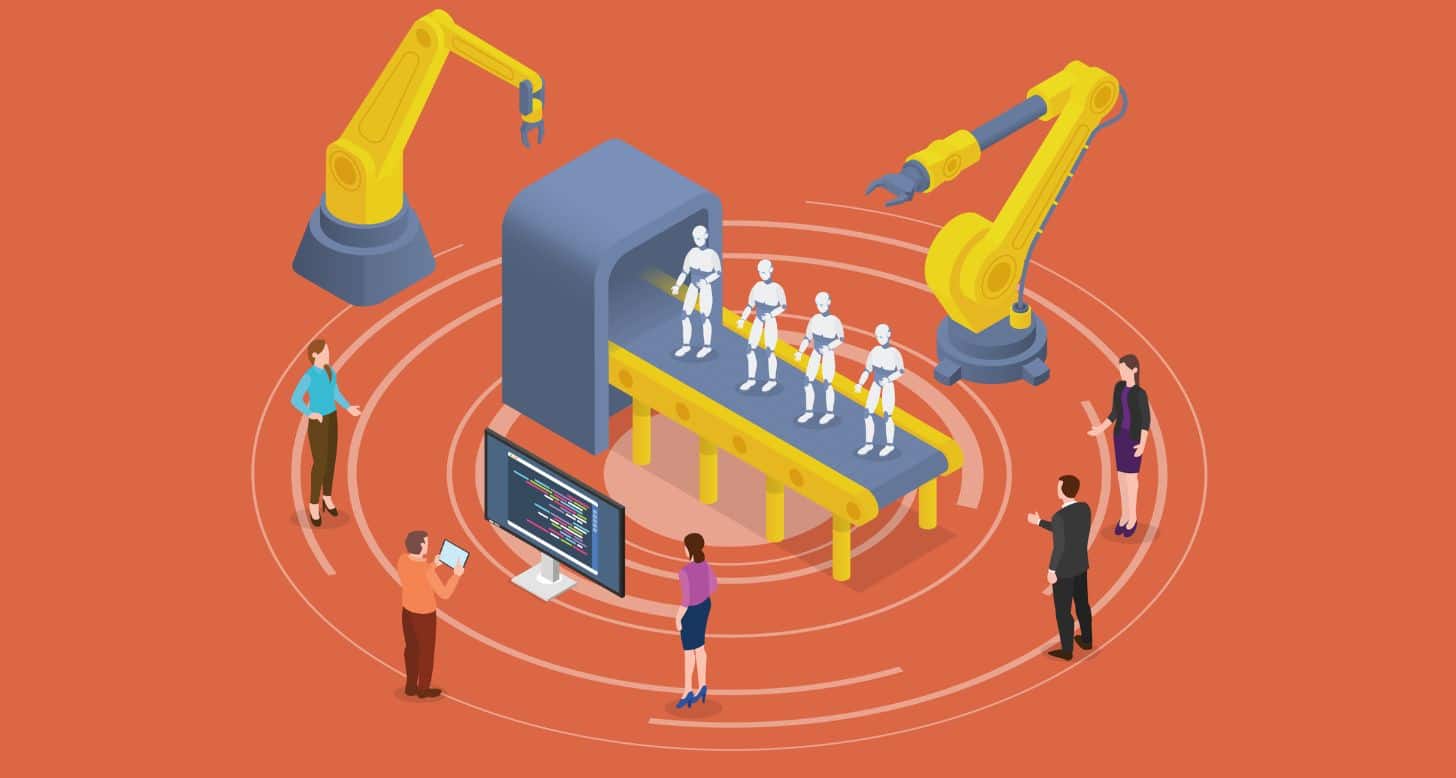What MRO Robotics Means in Practice
MRO robotics isn’t one single technology. It’s a combination of machines, sensors, and AI systems that handle the repetitive, dangerous, or precision-driven parts of maintenance. Here’s how it plays out in real-world operations.
Inspections with Drones and Crawlers
Checking the surface of an aircraft fuselage or the blades of a wind turbine takes hours if done manually. Robotic drones and crawlers cut this down to minutes. They scan surfaces with high-definition cameras, thermal imaging, or ultrasonic sensors, spotting cracks and corrosion that human eyes might miss.
- Airbus uses drones for exterior aircraft inspections inside hangars.
- Rolls-Royce built miniature “snake robots” that slide into engines without dismantling them.
The impact? Less downtime, faster reporting, and more reliable results.
Repair and Overhaul with Robotic Arms
Once damage is identified, repairs need precision. Robotic arms handle welding, sanding, painting, or coating jobs with consistency. They never tire, never deviate, and deliver the same standard every time.
Examples include:
- Automated systems applying protective coatings to turbine components.
- Robots polishing large aircraft surfaces evenly.
- CNC-controlled robotic machining for restoring worn engine parts.
Cleaning and Hazardous Work
Some maintenance tasks are risky. Cleaning inside fuel tanks, removing paint with chemicals, or blasting away corrosion exposes workers to toxic environments. MRO robotics solves this by sending in machines that can scrub, blast, or vacuum without endangering people.
Predictive Maintenance with AI Integration
When robotics connects with IoT sensors and AI platforms, MRO becomes proactive. Instead of reacting to failures, predictive systems signal when maintenance is due. This reduces unexpected downtime, lowers spare part costs, and extends asset life cycles.










